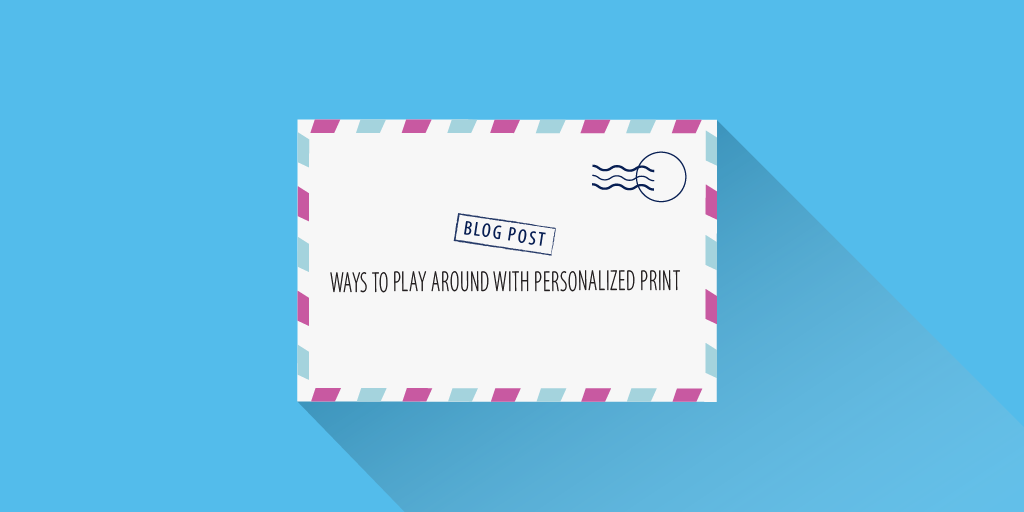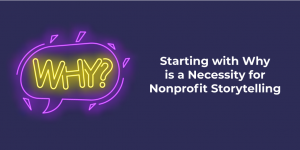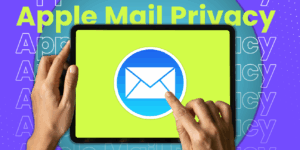Building off of last week’s post, we’re going to continue to talk about personalization. Remember, the word of the day is: relevancy. Hopefully you tried implementing some of the previous tactics in an e-mail (or two, for the ambitious!), so now we’re going to provide a few tips on utilizing this technique in print. E-mail is great to play around with what kinds of messages will get the best response, and to prime your constituents for receiving a mailing. Direct mail can be used the same way, with e-mail being the follow-up vehicle, but there really is a whole lot you can do with print to make a lasting impact. Keep in mind that your best bet for success is to build out a multi-channel campaign that reaches your networks both in printed, digital, and other web forms. And again, it all starts with data and knowing your donors.
By combining print and database technologies, the opportunities to individualize print pieces are virtually limitless. Copy, color, photos, illustrations and other graphics can all be tailored to meet individual needs. This magical combination is often referred to as variable data printing and it can take shape in the following ways:
Direct Mail
Direct mail still outperforms e-mail in fundraising and other applications. Individualized direct mail is even more impressive. Starting with the envelope, a unique experience can be delivered. A reference to a particular event can draw the reader in. Images on postcards can be personalized. The images or copy on lift notes can reflect giving history. This is a chance to create relevance, so anything you can do to increase that feeling will benefit you overall.
See also: 5 Best Practices for Success with Personalized Marketing
See also: Knowing When Personal is Too Personal
Transactional Documents
Donation receipts, endowment fund statements, and membership renewal statements or receipts are all opportunities for individualized communication. Because these documents are inherently personal, recipients are not likely to be offended by a customized message. For example the endowment fund statement could include an annual fund ask. Or just go beyond the “ask” and include a heartfelt, non-generic message of appreciation.
Brochures
An individualized brochure is extremely effective as well as efficient. Fundraising material can be personalized and depict the programs and projects in which the prospective donor has expressed interest. The entire look of a piece can be individualized from copy to photos to color schemes. Individualized brochures can also be cost effective because only the material that is of interest to the prospect needs to be printed and distributed thus, cutting down on paper and postage costs.
See also: 1:1 Marketing Tactics for E-mail
—
Variable printing is a fun way to switch up how you communicate with your audiences. A great place to start figuring out who gets what is to segment your list by generation. Try more visually captivating graphic work on millennial audiences, like a colorful self-mailer as opposed to a letter. You can put a heavier emphasis on ways to engage with you via social media, like using big punchy icons. Try using photos of your team “in action” and focus on how their donation is used. For more mature donors, letter-style communications that highlight those who benefit from your work may prove more successful. There is no single catch-all way attract and delight everyone, so manageable efforts across many channels is the most highly recommended strategy.
Like what you see? Stay in touch!
You might also enjoy:
+ See also: 5 Best Practices for Success with Personalized Marketing
+ See also: Knowing When Personal is Too Personal
+ See also: 1:1 Marketing Tactics for E-mail













